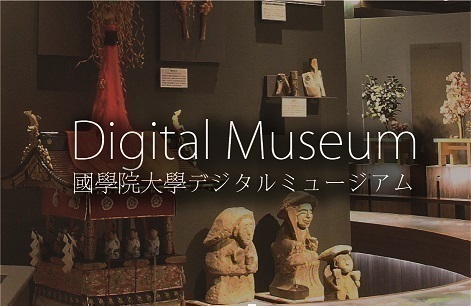- トップ
- Encyclopedia of Shinto
- Kigensetsu
Encyclopedia of Shinto
| Main Menu: | |
| Links: |
詳細表示 (Complete Article)
| カテゴリー1: | 5. Rites and Festivals |
|---|---|
| カテゴリー2: | State Rites |
| Title | Kigensetsu |
| Text | A holiday and ritual observed from the beginning of Meiji until just after the end of World War II to commemorate the founding of the nation through Emperor Jinmu's legendary ascension to the throne. The rite observed at the palace's three ritual halls is called Kigensetsu sai, while the holiday is called Kigensetsu. In 1873, the Meiji government, which was hurrying to found a modern nation built on the ideal of Emperor Jinmu as the first emperor, "identified" the date of his ascension (sokui) as the eleventh day of the second lunar month and created a new calendar that counted that year [ca. 585 BCE] as year zero of a new "common era". Thus, February 11 became the day for Kigensetsu sai at the palace as well as a national holiday. On the appointed day, the emperor would perform the Kigensetsu sai (which is designated as a "major rite" taisai in the Kōshitsu saishirei) within the three ritual halls in the palace. Later he would proceed to the hall known as the Hōmeiden to observe Kigensetsu and to receive the respects of the imperial family, court officials, and foreign dignitaries, after which he attends a banquet. During the Meiji period, the Kigensetsu holiday was regarded as one of the "three major holidays" (sandaisetsu), along with O-shōgatsu (New Years) and Tenchōsetsu. In the Shōwa era, a fourth holiday called Meijisetsu was added and the number rose to "four major holidays" (shidaisetsu). These holidays were observed with a variety of ceremonies at primary schools and among other groups. From 1914, Kigensetsu sai also came to be celebrated at shrines throughout the entire country. It was abolished by the 1948 "Law on National Holidays, " but it was revived in 1966 under the name Kenkoku Kinenbi and is celebrated on the eleventh of February. — Takeda Hideaki |




